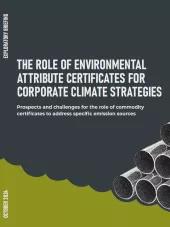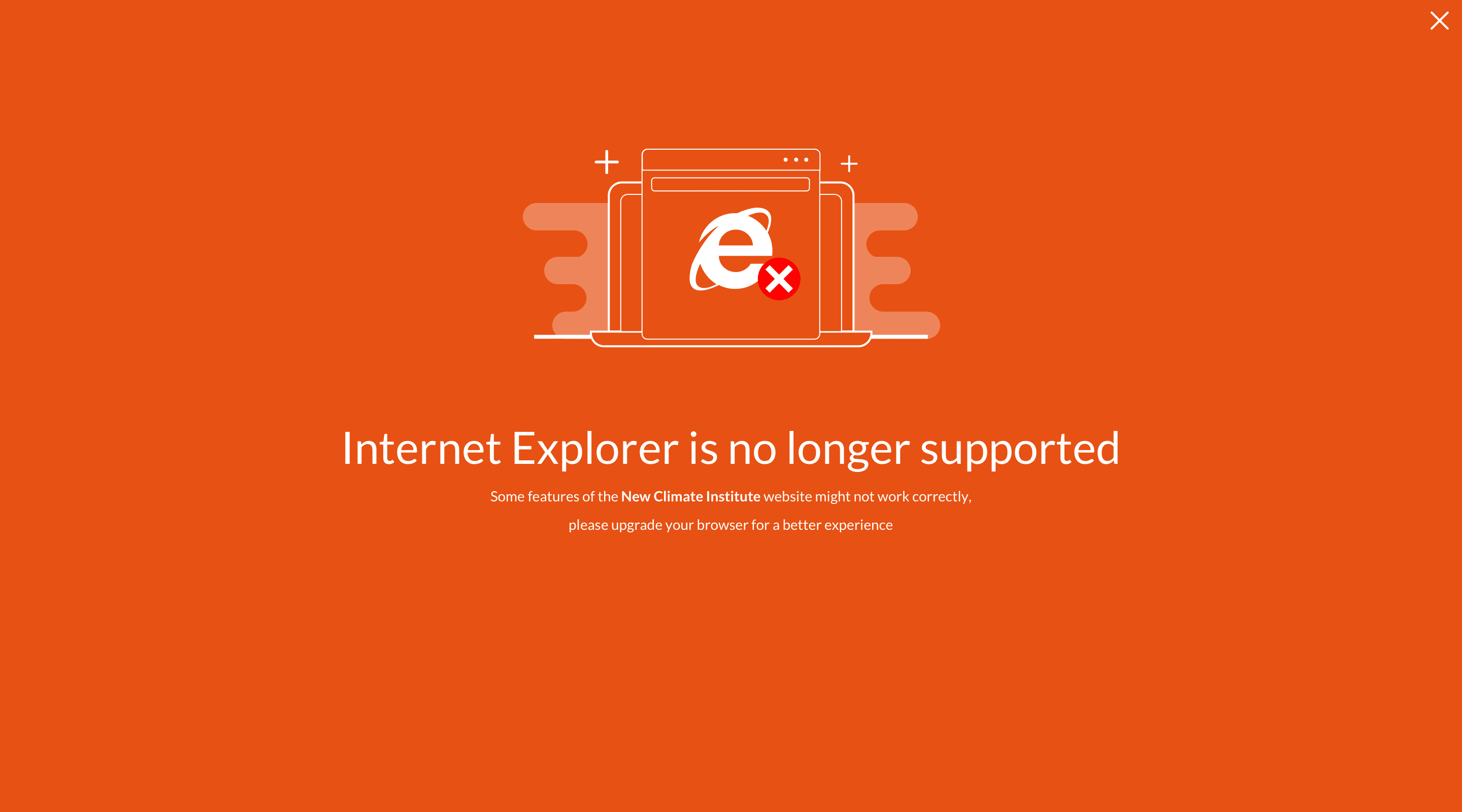A potential step forward – but only if key issues are addressed
Several interrelated corporate climate standards are currently under development, including the ISO Net Zero Aligned Organisations Standard, the SBTi Corporate Net-Zero Standard (CNZS), and a major revision of the GHG Protocol. In March 2025, the SBTi published a draft of the CNZS v2.0. Stakeholders were invited to provide feedback on the draft standard through a survey by 01 June 2025.
While we consider that the CNZS v2.0 draft proposes significant advances compared to the previous version, in this position paper we identify several areas for improvement - with a focus on ensuring the transparency and integrity of companies’ climate strategies and incentivising the replication of good practices from leading companies.
Our main insights include:
- Identification of relevant emission sources and target boundaries: The SBTi’s proposed approach to set target boundaries based on companies’ own identification of relevant scope 3 emission sources is an improvement, covering a far greater proportion of emissions and ensuring more transparency and focus on companies’ key emission sources.
- Activity-level reporting and alignment targets: The CNZS v2.0 draft encouragingly proposes that companies report more granular data on major emission sources and set specific targets for them. However, transition-specific “alignment targets” remain underrepresented. Including these alongside GHG emission reduction targets could help companies guide and assess their climate strategies more transparently and effectively.
- Renewable electricity accounting: The CNZS v2.0 draft proposes considerable improvements on scope 2 emissions targets but also contains some loopholes. It is highly encouraging that the draft requires companies to set scope 2 targets based on location-based emissions and to match renewable energy procurement hourly and on the local grid. These measures would significantly strengthen the integrity of companies’ targets. However, the wording of this criterion is vague, potentially leaving too much room for interpretation.
- Indirect mitigation measures: The CNZS v2.0 draft proposes to allow companies to account for indirect mitigation measures beyond the activity pool level toward their scope 3 targets. We would instead propose that any intervention not directly traceable to an emission source within a company’s value chain should be classified as indirect. We propose that only indirect measures from within – not beyond – the activity pool should count towards targets, and only in exceptional circumstances.
- Forest, land and agriculture (FLAG) emissions: The CNZS v2.0 draft refers to the FLAG sector and guidance but does not set out more specific provisions for it. We find that including activity-level reporting and alignment targets for emissions-intensive activities could improve the transparency and integrity of FLAG targets by requiring commodity-specific targets when such commodities account for 10% or more of a company’s emissions – currently an optional provision under SBTi’s FLAG guidance.
- Removals to support neutralisation of emissions: The CNZS v2.0 draft introduces three options for including removals into the standard. We support the introduction of required removal targets for all companies, while stressing the need to follow the mitigation hierarchy. We welcome that SBTi specifies that CO2 emissions should be neutralised with CO2 removals that are durable over at least a thousand years. However, the durability requirements for other GHGs need more discussion.
- Beyond value chain mitigation: Beyond Value Chain Mitigation (BVCM) refers to companies taking responsibilities for ongoing emissions – emissions that are still released in the atmosphere during the transition to net zero. We support the proposed approach of the CNZS v2.0 draft to give companies recognition “as an optional leadership practice” when they engage in BVCM.
- Transparency and claims: The SBTi’s revision of the CNZS provides a critical window of opportunity to revisit the type of claims companies can make before and after validation of their near- and long-term targets. While we consider SBTi’s current CNZS v2.0 draft addresses previous shortcomings, we strongly recommend the renewal of existing validations every two years – rather than five years – to ensure their up-to-datedness and conformity with SBTi’s latest methods and standards.









